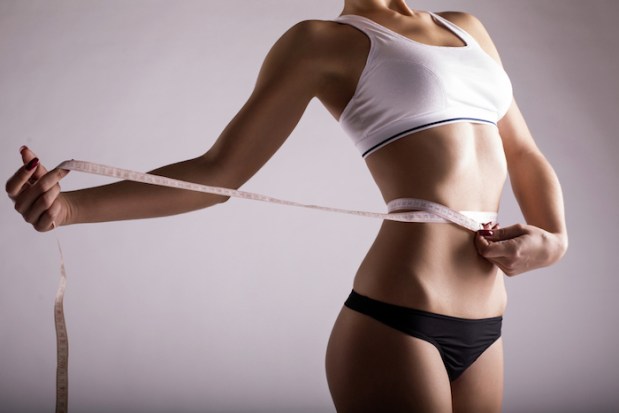UK Regulators To Gucci: ‘Unhealthily Thin’ Is Not In

Over the course of several decades, fashion advertisers have cultivated a very particular look for the models showing off their products. While hairstyles, makeup design and even the style of the clothes themselves have changed, the image of the lithe, near-gaunt model has been an enduring signifier of the highest echelons of the fashion world and a token by which most heavier customers should ostensibly strive to achieve.
However, that image — as well as the almost automatic sales accompanying it — finds itself under attack.
Gucci has received a notice from the U.K.’s Advertising Standards Authority that a model depicted in a new ad campaign “could be interpreted as unhealthily thin.” Gucci stated that the model’s “unhealthily thin” appearance was “to some extent, a subjective issue,” adding that the model in the ad was in motion at a simulated dance party and was wearing heavy makeup which further accentuated her thinness. While Gucci claimed that the context of the ad (which was placed in London’s The Times) mitigated any potential damage, it was the binding opinion of the ASA that “the ad was irresponsible.”
The model was scrubbed from the ad, but the ASA’s ruling doesn’t exactly clarify what constitutes a responsible and irresponsible depiction of thinness in the modeling and advertising world. To reach its conclusion, the regulatory group picked apart details such as whether bones were visible, the respective body positions of several models depicted in the ad and even facial expressions that may have exacerbated its interpretation of a sickly weight.
Checking (or not checking) these boxes in future campaigns may be enough to keep Gucci from running afoul of the ASA in the future, but the inherent subjectivity of ruling on the health of a model’s weight might give other fashion houses pause — especially if headlines from stories like these attach to them a reputation for unhealthy depictions of women.
Body positivity in advertising is nothing new, but if the ASA is willing to remove the model from Gucci’s ad based on a lone complainant, then fashion houses may seriously want to consider the benefits of toeing that body-dysmorphic line. It might be a departure from what they’re used to, but evidence is piling up that today’s consumers might be ready for a different look and feel from the brands they know and love.
For proof, look no further than American Eagle subsidiary Aerie’s #AerieREAL ad campaign, which features lingerie-clad models without a lick of Photoshop on them. The advertisements — which began in 2014 but received a big push in 2015 via digital banner ads and real-world printouts to reach 5 billion annual impressions — appear to have had an appreciable effect on Aerie’s sales. In the company’s most recent earnings report from early March, American Eagle CEO Jay Schottenstein reported that the brand’s overall lingerie sales shot up 20 percent in 2015 — and 26 percent in Q4 2015 alone.
But why are consumers responding to body-positive fashion ads now? It’s not as if Aerie and American Eagle were the first retailers to dream up the idea of not pouring time and resources into retouching models until they resembled Barbie dolls. In an interview with BuzzFeed, Jennifer Foyle, global brand president at Aerie, took the stance that because now women can jump on Twitter and Facebook to actively comment on and participate in the ad campaigns that used to dictate how they should want to look, something like #AerieREAL is simply a function of listening to what they want.
“The real changing factor here is social media has changed the visual dialogue,” Foyle said. “We see statistics that it really is more females than males who are using image-sharing sites like Facebook and Tumblr and Pinterest, so that means for the first time in history, we have primarily females who are leading a mass conversation. … That to me is really why there’s such a hunger now for authenticity and for representing the female experience in a more genuine way.”
Time will tell whether the movement away from obsessively thin models and Photoshop is a new consumer trend or just an exception to the rule, but if female consumers’ dollars continue to reward ads that look more like them, even the high-fashion houses of Milan will have to reconsider their long-established haute couture look.
